Why Automation Falls Short for Most Organizations — DHL Insights



























This expanded analysis draws on findings from DHL’s Insight 2030: Opportunities and Challenges for the Supply Chain of the Future report. The survey provides a comprehensive look at why automation, robotics, and supply chain systems frequently fall short of expectations — even as organizations continue to invest heavily.
Below is a structured, analytical breakdown that captures the full scope of DHL’s findings and what they mean for modern supply chain leaders.
1. The Strategic Value of the Supply Chain Has Never Been Higher
Nearly all executives surveyed — 99% — say the supply chain is important or extremely important to business success. Yet 89% believe their supply chain is above average, an improbability that signals a perception gap across the industry. Many leaders may be overestimating their maturity or underestimating competitors.
This overconfidence becomes a critical factor when evaluating automation performance: leaders may assume their foundations are stronger than they actually are.
2. Technology Adoption Is Widespread — but Satisfaction Is Not
The survey shows modern supply chain systems are widely installed:
72% use a WMS
69% use a TMS
55% use an LMS
63% use predictive analytics or AI
71% use business intelligence tools
Yet despite this adoption, technology dissatisfaction is high, particularly with warehouse robotics:
Only 44% of companies have deployed robots.
Just 34% of VP/Director-level leaders are fully satisfied with robotics performance.
This is one of the clearest indicators that companies struggle to extract value from automation — either due to poor integration, poor workflow design, or unrealistic expectations.
3. A Significant Perception Gap Exists Between the C‑Suite and Operations
C-level executives consistently rate their supply chain capabilities far higher than those who run operations daily:
40% more confident in visibility and resilience
28% more satisfied with WMS performance
32% more satisfied with robotics
This disconnect directly impacts automation outcomes. When leadership believes systems are performing better than they are, crucial problems go unnoticed, project timelines slip, and ROI remains elusive.
4. Operational Concerns Are Broad — and Deeply Interconnected
Executives identified a long list of operational risks:
56% are concerned about cybersecurity — the top concern
50% cite the impact of demand changes on service
49% cite inadequate technology solutions
47% worry about outdated systems
47% cite inability to respond quickly to new needs
46% cite poor adaptability to disruptions
45% cite labor scarcity
These concerns highlight a recurring theme: organizations depend on technology but lack confidence in its ability to keep pace with operational demands.
5. Barriers to Optimization Hold Back Automation ROI
DHL identifies three dominant barriers preventing companies from improving operations:
57% fear production disruption
56% lack internal expertise or don’t know where to begin
41% cite financial constraints
The top barrier — fear of operational disruption — is especially notable. Many companies avoid upgrading automation or adding robotics because they fear downtime more than inefficiency. This leads to stagnation and missed performance gains.
6. External Pressures Add Complexity and Risk
Leaders expect increasing disruption through 2030:
70% anticipate a major impact from cybersecurity threats
69% expect increased labor costs
66% expect labor shortages
63% expect natural disasters to affect networks
62% expect geopolitical tensions to disrupt supply chains
These pressures make automation even more important — but also amplify the cost of getting it wrong.
7. Technology Dependence Will Surge by 2030
Executives expect significant increases in reliance on:
AI and machine learning (78%)
Robotics (68%)
Orchestration systems (63%)
IoT and real‑time tracking (73%)
This reflects a shift toward fully connected, predictive, and orchestrated environments — but achieving this vision requires solving today’s integration and data challenges first.
8. Leaders Do Not Expect Automation to Reduce Labor Anytime Soon
Despite advances in robotics and AI, only:
29% expect a reduction in labor requirements
22% expect a reduction in fulfillment times
This directly reflects dissatisfaction with automation outcomes. Leaders see value in robotics for consistency and throughput — but not for reducing headcount or speeding core processes.
9. Why Automation Falls Short: The Core Reasons
Bringing together DHL’s findings, automation underperforms for five major reasons:
1. Integration gaps across systems and vendors
Automation cannot deliver ROI if WMS, robotics, and orchestration layers do not work together.
2. Lack of transparency and real-world benchmarking
Companies cannot compare vendor claims, making it almost impossible to evaluate true performance.
3. Insufficient internal expertise
Many organizations lack the talent to scope, deploy, and scale automation effectively.
4. Fear of disruptions and weak change management
Companies postpone needed system upgrades due to fear of downtime.
5. Misalignment between leadership and operations
When the C-suite misunderstands operational reality, automation strategies miss the mark.
Warehouse Automation’s Take: The Industry Still Lacks Benchmarking
One of the biggest issues today is that end users have no standardized, independent way to compare automation solutions. There is no common benchmarking framework for:
Real-world UPH
Downtime and reliability
Productivity across industries
Performance across customer deployments
This leaves companies relying on marketing claims, selective case studies, or staged demos.
A benchmarking layer — independent from vendors — is essential for the next decade of automation.
Call to Action
If your automation or robotics systems are not delivering the results you expected, our team can help you assess performance, benchmark against industry standards, and design solutions that avoid vendor lock-in.
Contact us to evaluate and improve your automation strategy based on real-world data and proven industry best practices.


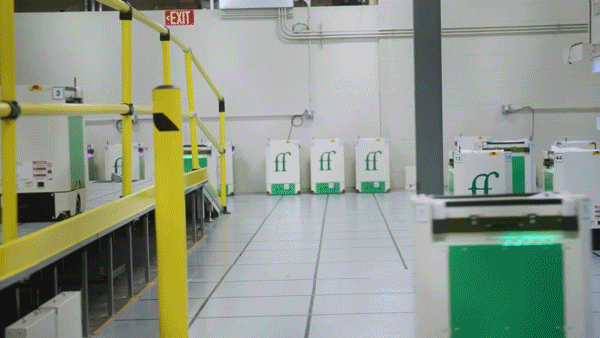

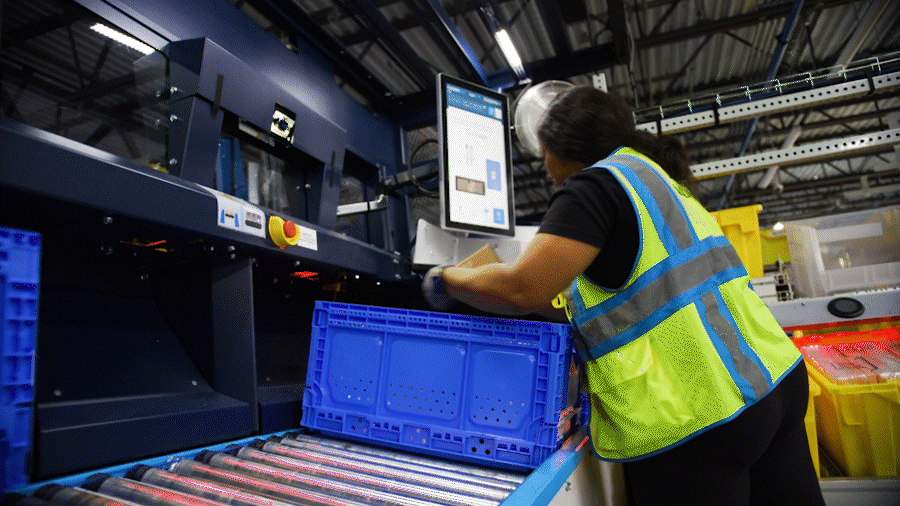







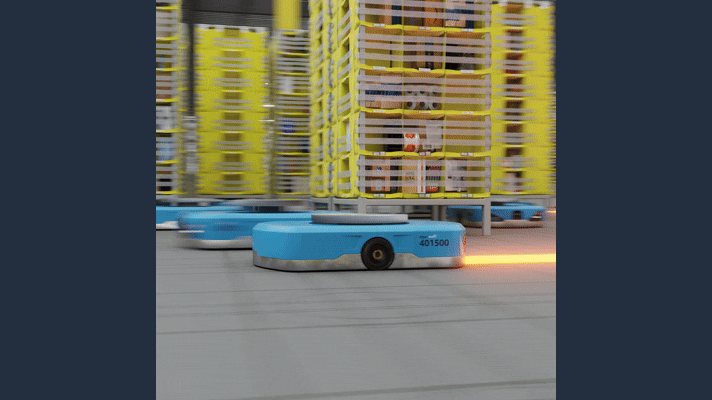








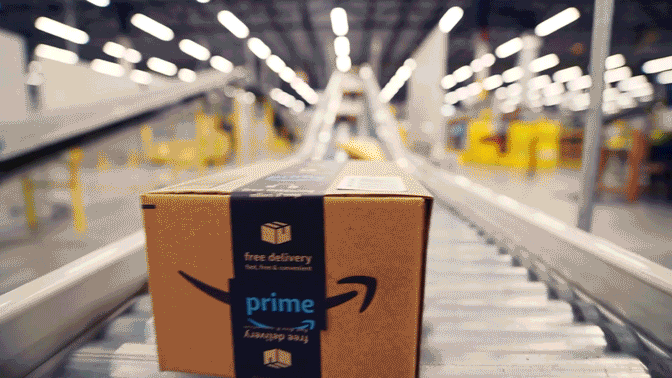




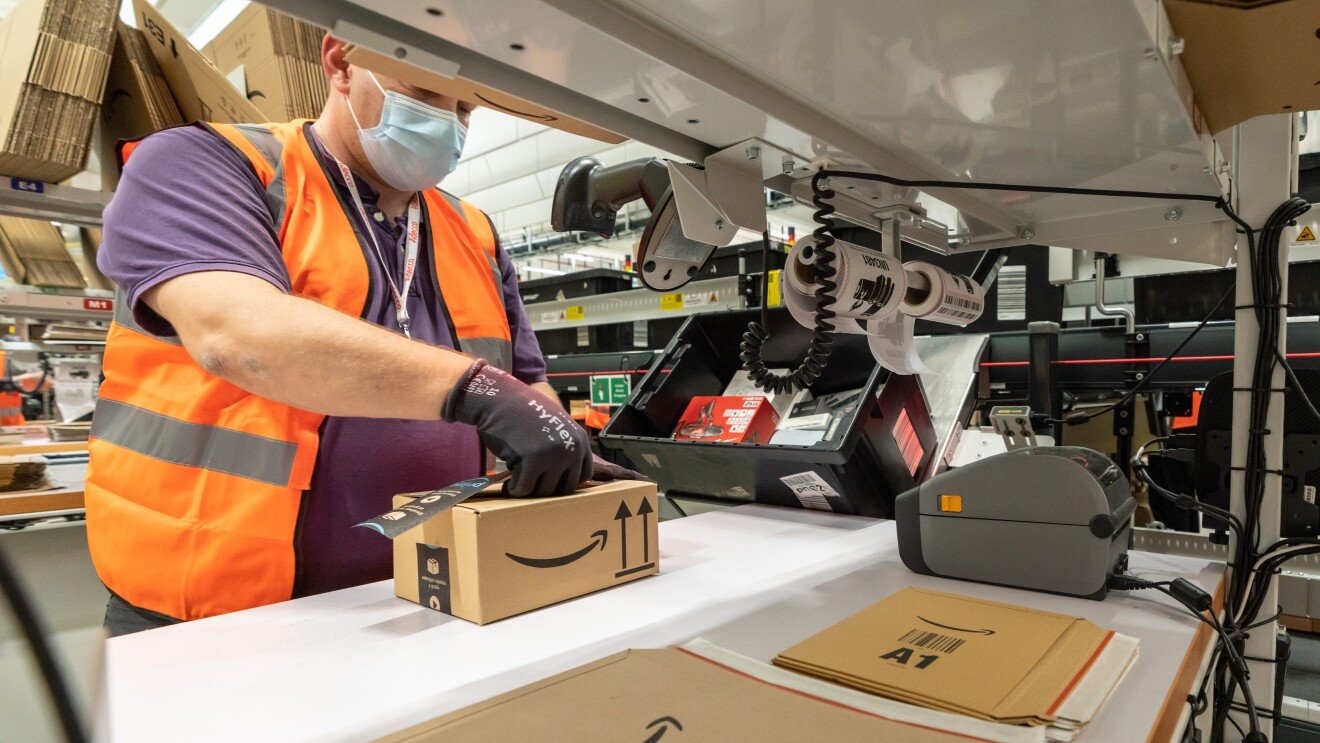



These smaller, high-velocity facilities store frequently purchased products—from fresh food and groceries to personal-care items and small electronics.